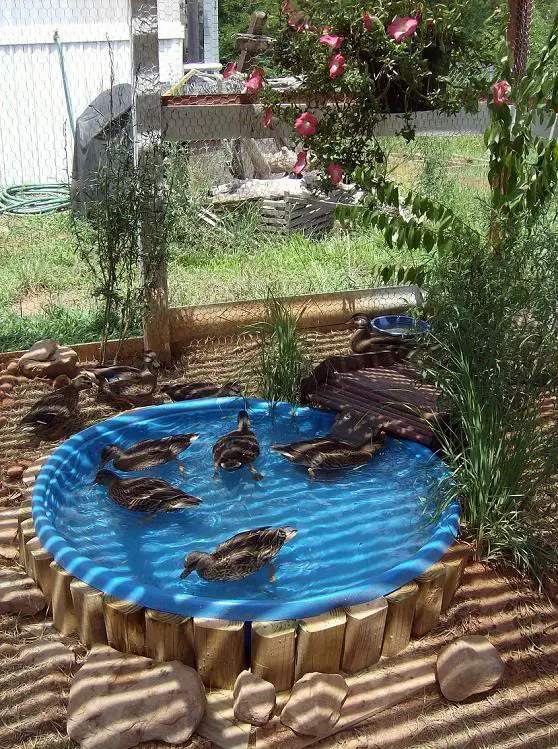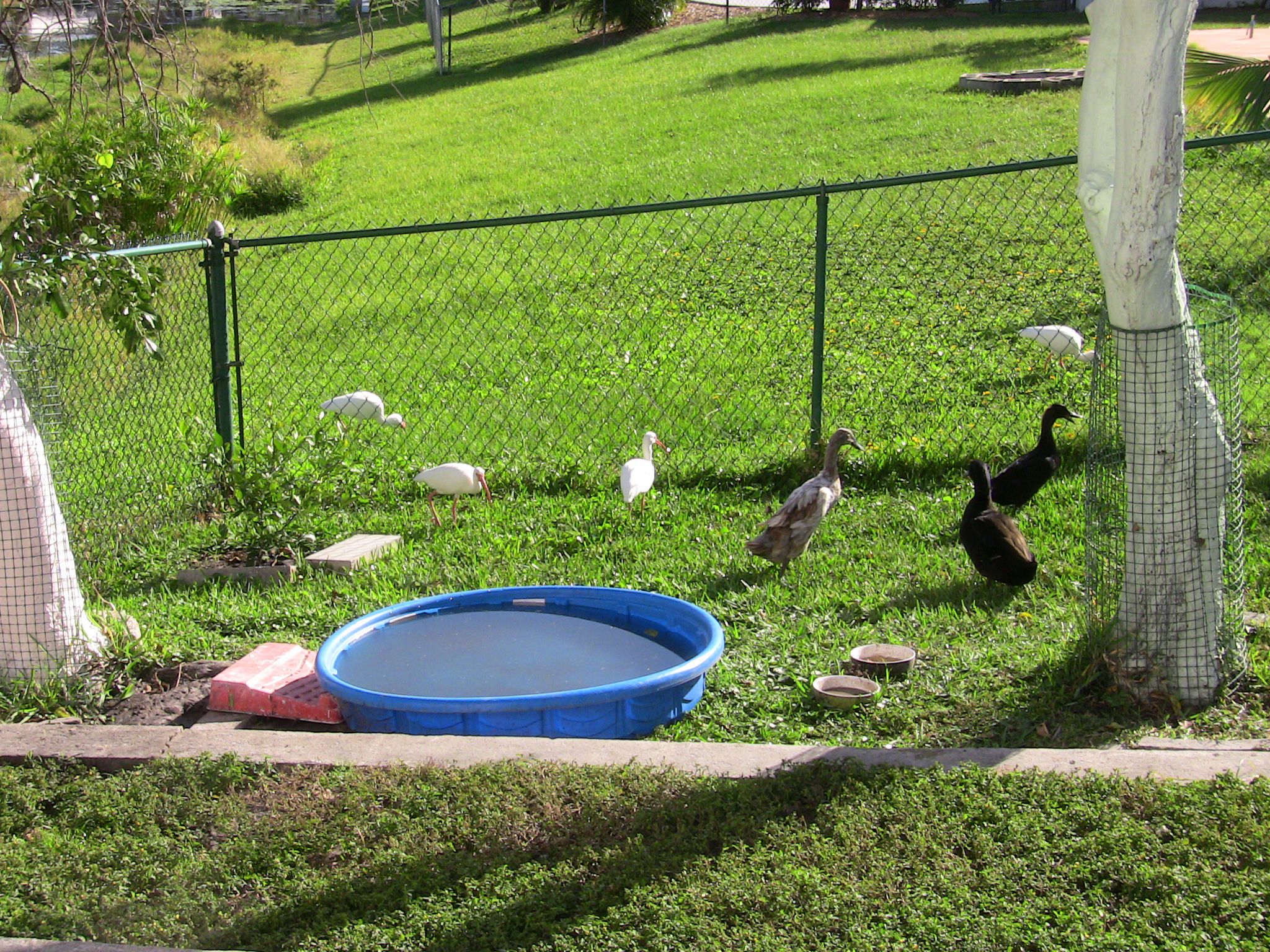
Introduction
Creating a beautiful duck pond is not only a great way to enhance the aesthetics of your property but also provides a natural habitat for these charming waterfowl. Whether you have a small backyard or a large garden space, there are numerous creative ideas to design and maintain a duck pond that will attract and keep these delightful creatures happy. In this article, we will explore some inspiring duck pond ideas that will surely make your outdoor space a haven for ducks.

1. Choosing the Perfect Location
The first step in creating a duck pond is selecting the ideal location. Ducks prefer a peaceful and secluded area away from noisy activities. Consider a spot with partial shade to protect them from extreme heat and direct sunlight. Additionally, ensure that the chosen area has access to a fresh water source, either through a natural spring or a water supply system.

2. Determining the Pond Size
The size of your duck pond will depend on the number of ducks you plan to accommodate. As a general rule, provide at least 10 square feet of pond surface per duck. This will allow them enough space to swim, dive, and perform their natural behaviors. Remember to consider future growth when determining the pond size, as ducks tend to reproduce and increase in numbers over time.

3. Designing the Pond Structure
When it comes to designing the structure of your duck pond, you have various options. One popular choice is a natural pond, which can include rocks, plants, and a gentle slope for easy access. Another option is a raised pond, which can be constructed using bricks, concrete, or even repurposed materials such as old bathtubs. Whichever design you choose, make sure the pond has a shallow area for ducks to safely wade in.

4. Adding Water Filtration
Maintaining clean and clear water in your duck pond is essential for the health of the ducks. Consider incorporating a water filtration system to remove debris, control algae growth, and maintain water quality. There are various filtration options available, such as biological filters, mechanical filters, and UV clarifiers. Consult with a professional or do thorough research to determine the most suitable filtration system for your pond.

5. Providing Vegetation
Vegetation plays a crucial role in a duck pond as it provides shade, oxygenates the water, and offers a natural food source for the ducks. Consider planting aquatic plants such as water lilies, duckweed, cattails, and water hyacinths. These plants not only enhance the visual appeal of the pond but also create a more natural and balanced ecosystem for the ducks.

6. Incorporating Rocks and Hiding Spots
Rocks and hiding spots in and around the pond area can provide shelter for ducks, allowing them to feel safe and secure. Large rocks can be placed strategically along the pond edges, creating basking spots for ducks to rest and preen their feathers. Additionally, consider adding some shrubs or bushes around the pond to create hiding spots that mimic their natural habitat.

7. Installing a Duck House
Providing a duck house or shelter is essential, especially during colder months or when ducks are nesting. A duck house can be a simple structure made from wood, with an entrance hole big enough for ducks to enter and exit comfortably. Place the duck house near the pond, ensuring it is elevated to protect the ducks from predators and potential flooding.

8. Creating a Feeding Area
Designate a specific feeding area near the pond where you can provide food for the ducks. This area can be a simple platform or a shallow tray filled with duck feed. Ensure the feeding area is easily accessible for both you and the ducks, and keep it clean to avoid attracting unwanted pests.

9. Maintaining Water Quality
Maintaining proper water quality is crucial for the health and well-being of ducks. Regularly test the water parameters such as pH level and ammonia levels to ensure they are within the recommended range. Additionally, perform routine maintenance tasks like removing fallen leaves, debris, and excess algae. This will help prevent water contamination and maintain a clean environment for the ducks.

10. Ensuring Safety Measures
When designing a duck pond, it is important to consider safety measures to protect the ducks from potential hazards. Avoid using toxic materials or chemicals in or around the pond, as these can be harmful to the ducks. Additionally, ensure the pond has a gradual slope or a ramp to allow ducks easy entry and exit from the water.

Conclusion
Creating a duck pond can be a rewarding project that brings nature and tranquility to your outdoor space. By following these inspiring ideas and considering the needs of the ducks, you can create a beautiful and functional pond that will attract these delightful waterfowl. Remember to regularly maintain the pond, provide proper care, and enjoy watching the ducks thrive in their new habitat!